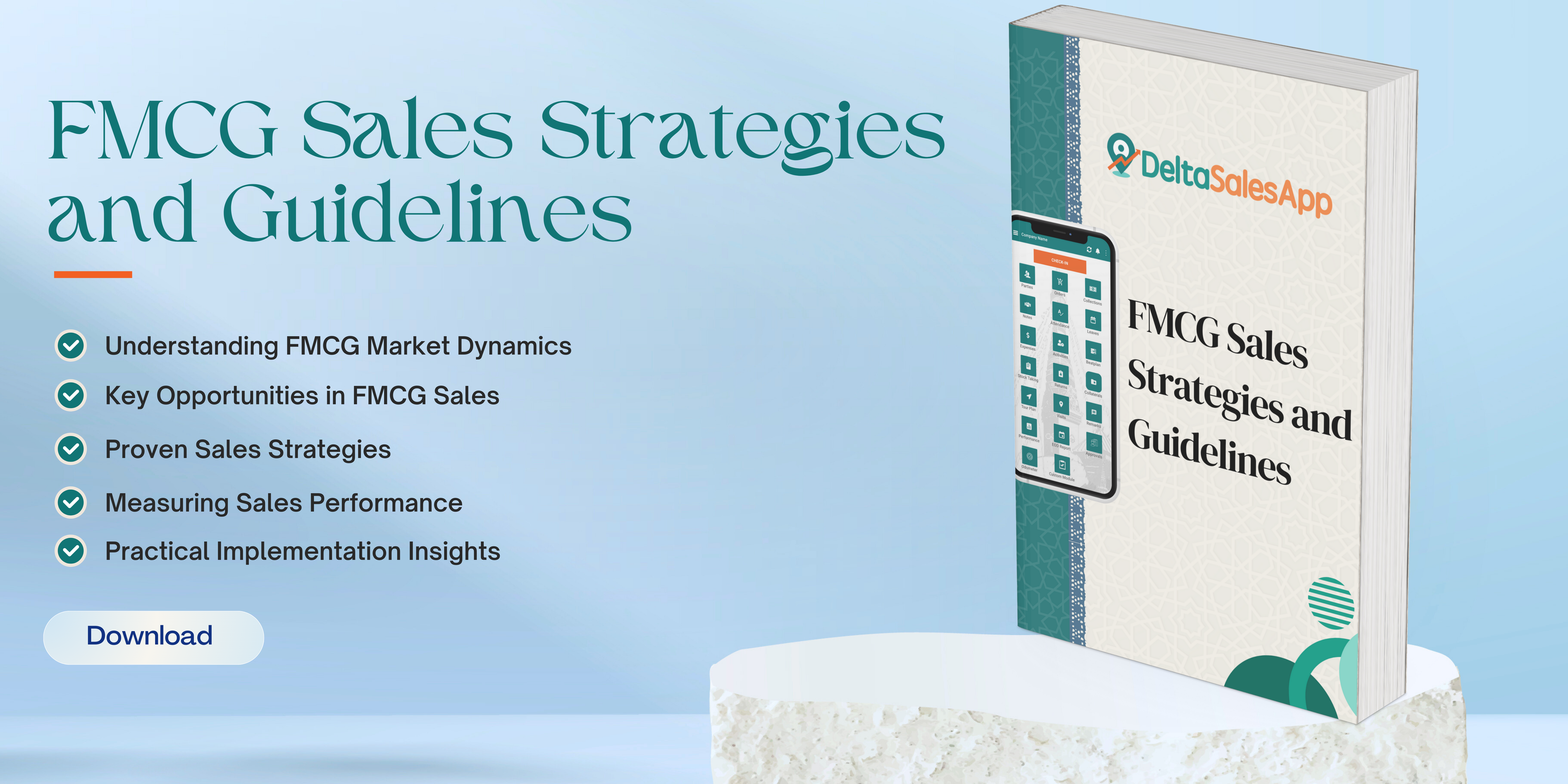Demand Forecasting
What is Demand Forecasting?
Demand forecasting is the process of estimating future customer demand for a product or service using historical data, market trends, and statistical techniques. Businesses use demand forecasting to optimize inventory management, production planning, and resource allocation.
Types of Demand Forecasting
Demand forecasting can be classified based on the time horizon, scope, and methodology used.
1. Based on Time Horizon
Short-term Forecasting (Up to 3 months)
Used for inventory management, staffing, and supply chain logistics.Medium-term Forecasting (3 months to 2 years)
Helps in budgeting, financial planning, and marketing strategies.Long-term Forecasting (More than 2 years)
Supports strategic business decisions like expansion, capacity planning, and investments.
2. Based on Scope
Micro-level Forecasting
Focuses on an individual firm or specific product.Macro-level Forecasting
Predicts demand at an industry or economy-wide level.
3. Based on Methodology
Qualitative Methods (Used when historical data is unavailable or insufficient)
Expert Opinion (Delphi Method): Panel of experts provide forecasts.
Market Research: Surveys and focus groups analyze consumer behavior.
Sales Force Opinion: Sales teams provide demand estimates.
Customer Surveys: Direct feedback from customers.
Quantitative Methods (Used when sufficient historical data is available)
Time Series Analysis: Analyzes historical data to predict future demand.
Moving Averages
Exponential Smoothing
ARIMA (AutoRegressive Integrated Moving Average)
Causal Models: Examines relationships between demand and influencing factors.
Regression Analysis
Econometric Models
Machine Learning Techniques: Uses algorithms to find patterns in large datasets.
Neural Networks
Random Forest
Gradient Boosting Machines (GBM)
Steps in Demand Forecasting
Define the Objective – Determine the purpose of forecasting (e.g., inventory planning, production scheduling).
Collect Data – Gather historical sales data, market trends, and external factors (economic indicators, seasonality).
Choose a Forecasting Method – Select qualitative or quantitative techniques based on data availability.
Analyze Data – Apply statistical models, machine learning, or expert judgment to analyze trends.
Generate Forecasts – Predict demand using selected methods.
Validate Forecasts – Compare forecasts with actual data and refine the model.
Monitor & Update – Continuously update models based on new data.
Applications of Demand Forecasting
Retail & Ecommerce: Inventory management, price optimization, seasonal demand planning.
Manufacturing: Production scheduling, raw material procurement.
Banking & Financial Services: Forecasting credit demand, risk analysis.
Healthcare: Predicting medicine demand, hospital resource allocation.
Logistics & Supply Chain: Demand-driven procurement, warehouse management.
Challenges in Demand Forecasting
Data Quality Issues: Incomplete or inaccurate data can impact forecasts.
Market Volatility: Sudden changes in consumer behavior, competition, or economic conditions.
External Factors: Pandemics, geopolitical events, or policy changes affecting demand.
Overfitting in Models: Complex models may perform well on historical data but fail to predict future demand accurately.
Conclusion
Demand forecasting is a crucial tool for businesses to enhance decision-making, reduce costs, and improve customer satisfaction. By leveraging statistical models, AI, and market insights, companies can achieve more accurate and efficient demand predictions.




